Phenomena, objects and characters associated with the concept of "politics" make up the sphere of the political life of society. The function of a political system is based on an ordered system, systemic integrity. This is, first of all, the state, parties, political norms, institutions (for example, monarchy or suffrage), these are symbols - anthem, coat of arms and flag, this is political culture, all its values and much, much more that makes up the structure of politics . The function of the political system is that all these elements work together, interconnectedly, and not one of them exists separately.
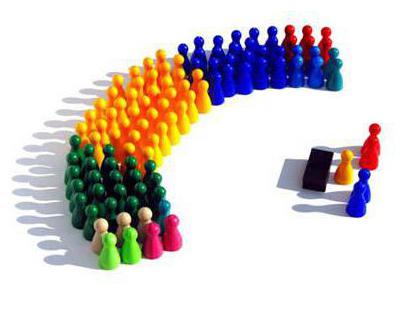
Political system
An ordered set of institutions, norms, ideas, organizations, interactions and relations between them that organize political power - this is the political system. It is a whole complex of non-governmental and state institutions that carry out the functions of the political system of society, the activity by which all the work of state power takes place. Although the concept is much more capacious than just state power and government.
The political system covers all institutions and all persons who participate in the political process and, in addition, all non-governmental and informal phenomena and factors that have an influence on the formulation of problems, as well as the development of solutions and their implementation in state-power relations. If you interpret the most broadly, then in this concept you can include everything that is in any way related to politics. The function of the political system is to influence political decisions with the help of human and material resources.
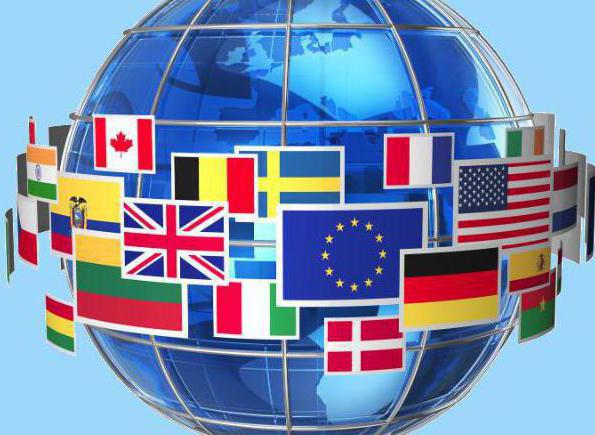
Characteristic
Any political system has characteristics that are considered by the following parameters:
- political ideology;
- political culture;
- political norms, traditions and customs.
The main functions of the political system of society are as follows:
- transformation of public demand into a political decision (conversion);
- adaptation of the political system to the conditions of society, which are constantly changing;
- concentration of human and material resources (voters and money) to pursue political goals;
- protection of basic values and initial principles of the socio-political system is a protective function;
- establishing and developing cooperation with other states on a mutually beneficial basis is a foreign policy function;
- coordination of the requirements of individual social groups and collective interests is a consolidating function;
- creation of spiritual and material values and their distribution.
With the organization of institutions of political power, each function of the political system is regulated, collectively this is called the political regime.
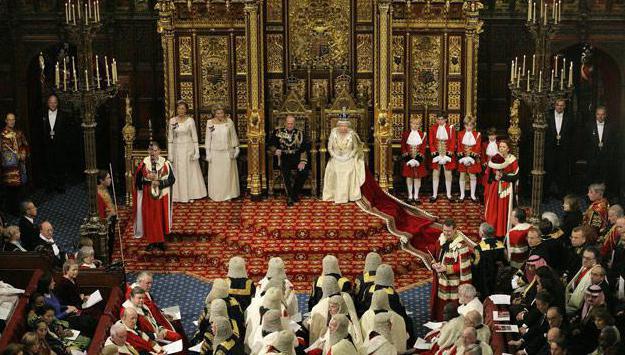
Principles
First of all, these are the ways of making decisions by the authorities and the extent of their interference in the regulation of relations in society. The methods of making power decisions can be democratic and authoritarian, which determines the type and functions of the political system of power. Another sign of such a division varies according to the extent of interference in the regulation of relations in society, and here we can call totalitarian and liberal political regimes. Regarding the socio-economic basis, the regimes are divided into the following types.
- The totalitarian-distributive regime, where the economy has undergone nationalization, material wealth is also distributed by the state. Such a structure and functions of a political system are characteristic of a totalitarian regime.
- Liberal-democratic, where the basis is a market economy. This political democratic regime.
- Mobilization and convergence, where there is varying degrees of government intervention in a market economy. Such structure and functions of the political system are authoritarian regime.
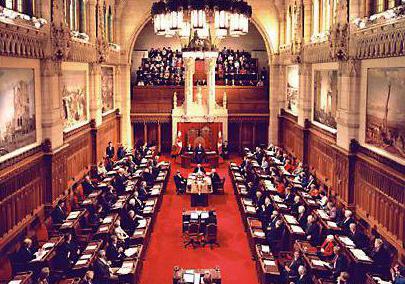
Main elements
Each particular society forms its own specific political system, because all the elements that make up it - institutions and traditions, political values and the very concept of structure and functions of the political system - are different in different communities. Since politics is an open system, actively interacting with all spheres of public life, it not only affects the economic, spiritual, social and other components, but also itself experiences a huge response.
But the basic elements are contained in absolutely any political system of society. The concept, structure, functions describe it more than clearly, for this you just need to consider the individual subsystems.
- Organizational and institutional subsystem. Organizations (diverse social groups, opposition and revolutionary movements, and so on), as well as institutions (parties, parliamentarism, legal proceedings, public service, the presidency, citizenship, etc.).
- Regulatory and regulatory subsystem. Legal, political and moral standards traditions and customs.
- Communicative subsystem. The relationships, forms and relationships of interaction between participants in the political process, and then between society and the political system.
- Cultural and ideological subsystem. Political ideas and political culture, ideology, political psychology.
Next, we need to consider in more detail each of the selected subsystems for a complete understanding of how the structure and functions of the political system of society are structured.
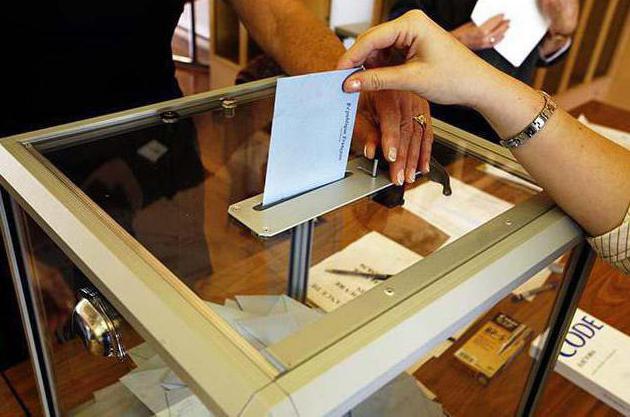
Organizational and institutional subsystem
People working together as an organized group to achieve a political goal is a political organization. For example, a political party, social movement or association that affects public policy, as well as a group of citizens with the initiative to nominate candidates for deputies, even a cell of revolutionaries. We can also name those organizations for which political goals are not the main ones - a church or a trade union, fishermen or numismatist clubs, but in some conditions they sometimes act as political organizations.
But a political institution is a much more complex element of the system, because its social interaction is stable and constant, where it regulates its sector in the political arena of society. The political system, the concept and functions of which are significant for the whole society, forms an ordered structure with the distribution of social roles and clear rules of interaction. Here you can name the institute of civil service, parliament, the executive branch, the institution of the head of state, the monarchy, the presidency, citizenship, legal proceedings, political parties and the like.
Communicative subsystem
The connections, relationships, forms of communication and interaction that take shape during political activity are the communicative component that every political society has. The functions of the political system of the state cover all the components of this system. And for the realization of their own goals, organizations, institutions, large social communities and individuals must build relationships with each other and also process the social environment, here is the interaction of parliamentary committees, and relations between state bodies and political parties, and relations between legislative, executive and judicial branches of government, and, of course, communication between the state and its population.
The most important thing in these relationships is communication channels, the entire communication subsystem rests on them.These channels transmit public information intended for state authorities (commissions of inquiry, open hearings, election results, opinion polls and so on), as well as the other way - from the state to the population (media outlets that become aware of political decisions, new laws and the like). For any political interaction, there are norms - legal, political and moral, in addition, traditions and customs are not forgotten.
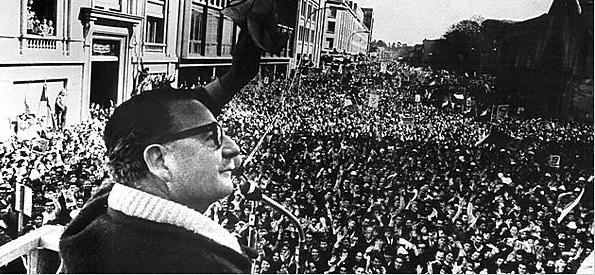
Cultural and ideological subsystem
This includes political views, ideas, beliefs, perceptions and feelings of political figures at all levels. In this component of the political system, it is possible to single out the aspects of political-psychological and political-ideological. The first concerns the behavioral features of politics, and the second focuses on its theory. Political psychology focuses on the behavioral traits of entire societies, groups and individuals, their moods, motivation, feelings, opinions, emotions, delusions and beliefs.
Significantly affect the characteristics of the cultural and ideological component of the charisma of leaders, the psychology of the crowd and the manipulation of mass consciousness. Political ideology is at a higher level and is included in the functions of the political system of the state. This includes political doctrines, theories, concepts, and ideas. Political culture is a part of the spiritual culture of mankind with a combination of political knowledge, behavior patterns and generally accepted values, it includes the traditions of statehood, symbols and political language.
Main functions
A political system does not exist without the interaction of its elements, since it is precisely it that determines all its most important social functions.
- The political system defines promising areas of social development.
- It also optimizes the movement of society towards the intended goals.
- With its help there is a distribution of resources.
- It coordinates the interests of various actors and makes citizens actively involved in politics.
- The political system develops norms and rules of behavior for all members of society.
- She also controls the implementation of rules, norms and laws.
- Only a political system can ensure stability and security in society.
The political system operates in the following institutions:
- the state and all its organs;
- socio-political movements;
- pressure groups, in other words, interest groups;
- political parties.
State
This is the main backbone element that has almost all the functions of a political system. The state is the most powerful political object, since it has power and is capable of coercion. Here the most fierce political struggle is unfolding, a variety of political forces want to get this prize - the state machine. However, the state does not always work smoothly in the political system.
The struggle for power quite often gives independence to individual state units, for example, the army, then committing a coup. Similar conflicts occur between the parliament and the president (Russia in 1993, when political forces divided according to this principle). The state and its power receive the winner in the elections if the system has nurtured developed political parties and they have control over the authorities.

Political parties
An ideological organization that brings together citizens with the same political views creates a party to implement its program in power. Ideology is a philosophy, ideas that guide the party in the political struggle. According to this principle, parties can be divided into liberal, conservative, social democratic and simply democratic, communist, socialist and nationalist.Each of them has leading personnel and organizational structure, has a charter and membership is formalized.
An organization that does not have fifty thousand members cannot be called a party in Russia. The state divides parties into systemic and non-systemic, where systemic are part of the current political system and are governed by existing laws. Non-systemic ones are usually semi-legal or illegal and fight against the existing system. Democratic states usually change hands: the ruling party after the next election may well become the opposition, and the opposition the ruling. Authoritarian and totalitarian states are usually single-party, rarely bipartisan, and democratic multi-party.
Other groups
Less significant place in political systems socio-political movements and public organizations. They are rarely admitted to the elections, because they are few in number. Interest groups or pressure groups are trade unions, as well as large monopolies, industrial organizations, the media, the church and many other institutions that do not have the goal of coming to power. But such groups can exert influence (pressure) on the authorities to satisfy certain interests (for example, reduce taxes). All these structural elements, whether state or not, operate in compliance with special political traditions and norms, since certain experience has already been gained.
Traditionally, elections are held where there are fewer than two candidates on the ballot, demonstrations, rallies, meetings of current and future deputies and voters are held, and not one function of the political system is able to rally social groups around a correctly presented idea. Political power is much wider than state power; so many different institutions are subordinate to it that, on the whole, it even looks somewhat impersonal. The function of a political system consists in the aggregate efforts of all its elements and units, and the system of government of political authorities is the mechanism of this function.
